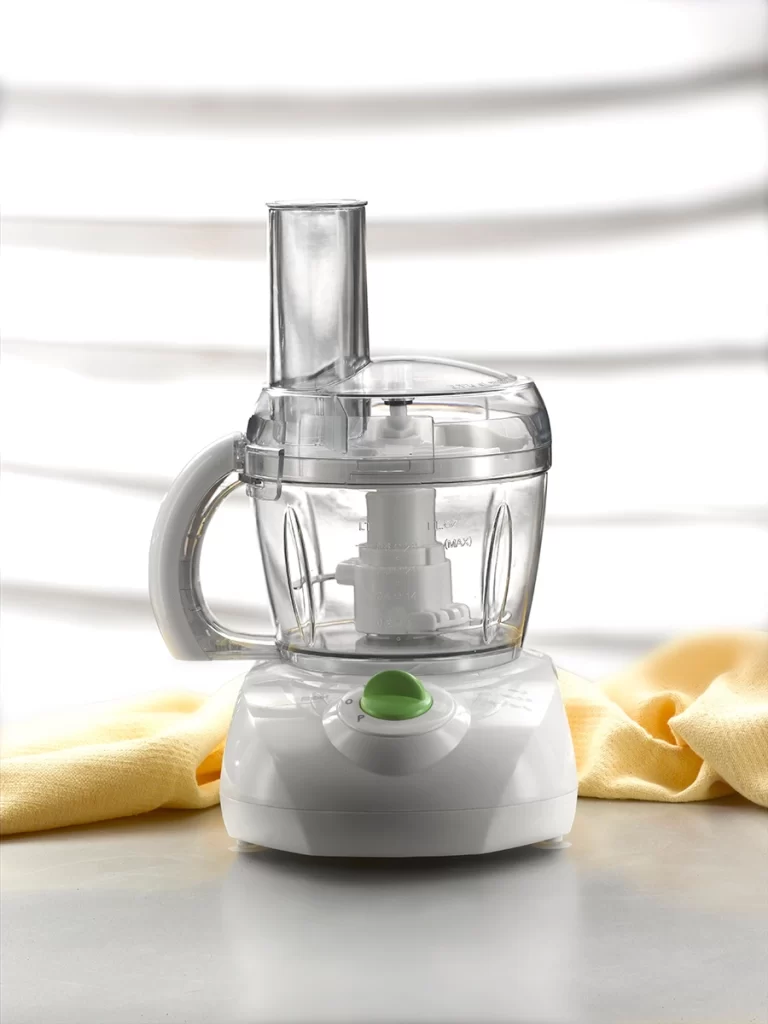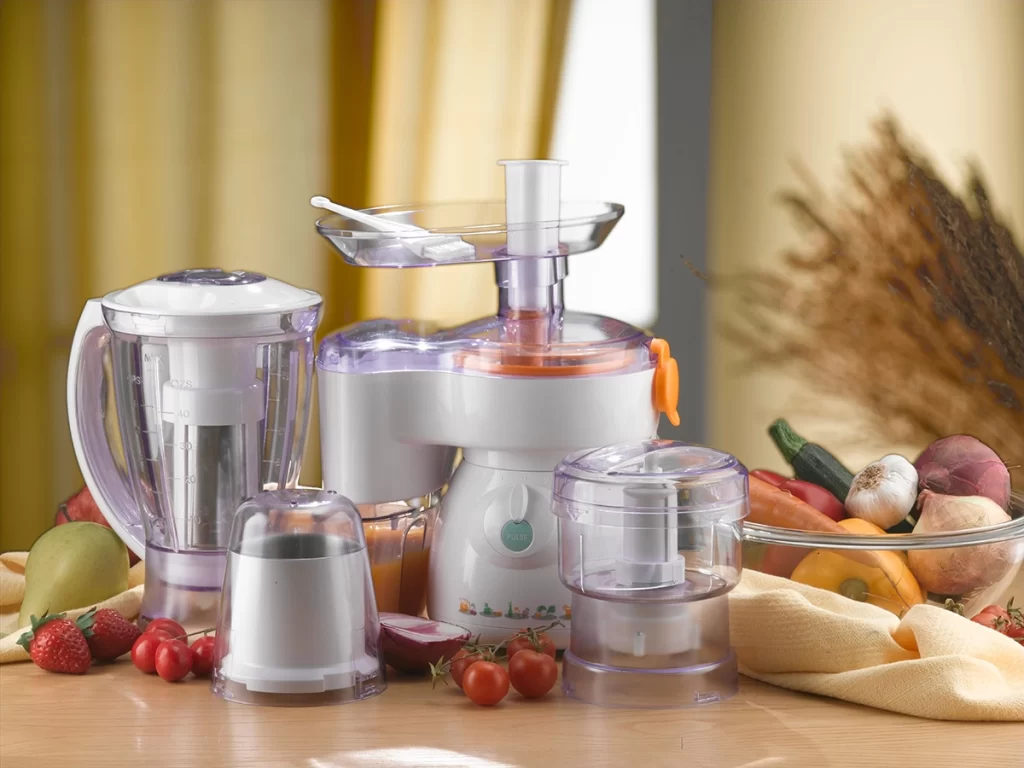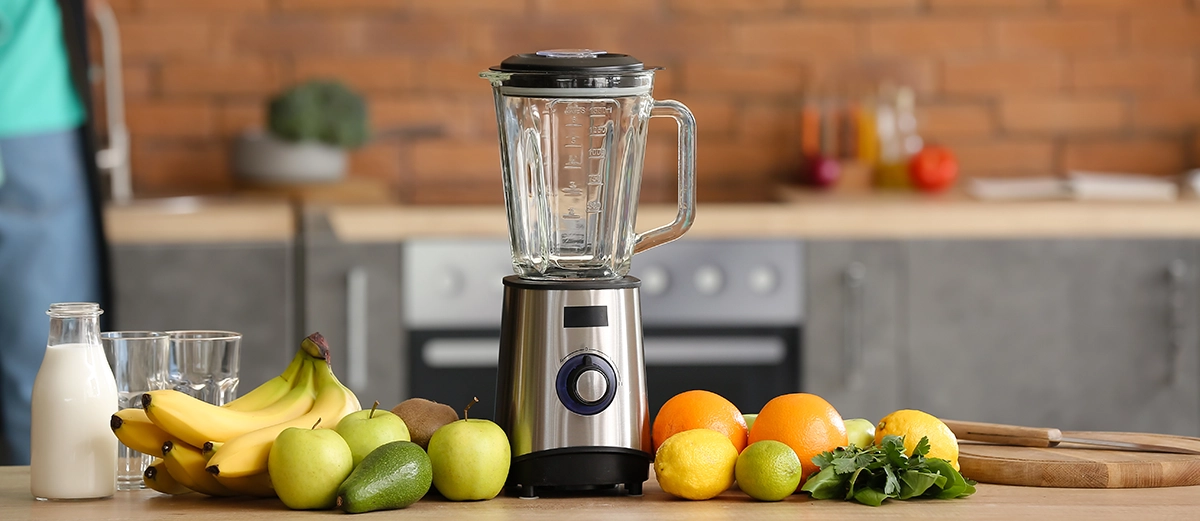Blender or Food Processor: The Culinary Clash of the Century
The blender and food processor are two essential kitchen appliances found in homes across the world. While they share some overlapping functions, they each have unique capabilities that make them indispensable tools for any home chef. Understanding the differences between these two powerhouse appliances can help maximize their potential in the kitchen.
In the realm of kitchen gadgets, two mighty appliances stand tall: the blender and the food processor. Both are essential tools for any culinary warrior, but which one reigns supreme? It’s time to settle this epic battle once and for all. Get ready for an electrifying showdown that will have you on the edge of your cutting board!

The Blender: The Liquid Assassin
Ah, the blender – a whirling dervish of blades that can pulverize even the toughest ingredients into silky smoothies and velvety soups. Imagine the power of liquefying kale, berries, and ice into a nutrient-packed smoothie that would make Popeye jealous. With a blender, you can bid farewell to chunky, unappetizing concoctions and embrace creamy perfection.
Pros:
- Unmatched at blending liquids and making smoothies, milkshakes, and purees
- Easy to use – just toss in your ingredients and let the blades do their magic Cleaning is a breeze (no pun intended) – just add soap and water, and blend away
Cons:
- Not as adept at handling drier, tougher ingredients like nuts or dough
- Can struggle with larger quantities or thicker textures

The Food Processor: The Culinary Craftsman
Enter the food processor, a masterful appliance that can chop, slice, shred, and knead with surgical precision. From finely diced onions for your famous salsa to perfectly blended dough for homemade pizza, this kitchen workhorse has your back. Imagine the satisfaction of effortlessly shredding a block of cheese or transforming a pile of nuts into a delicious, delectable nut butter.
Pros:
- Excels at handling drier, tougher ingredients like nuts, vegetables, and dough
- Offers multiple blade attachments for slicing, shredding, and more
- Large feed tubes make it easy to process larger quantities
Cons:
- Not as efficient for liquids or creating smooth purees
- More complex with multiple parts, which can make cleaning a bit trickier
The Ultimate Showdown: Blender vs. Food Processor
Now, let’s put these kitchen gladiators to the test in a head-to-head battle. Imagine you’re whipping up a batch of fresh tomato salsa. The blender can effortlessly puree the tomatoes into a velvety base, but when it comes to finely chopping the onions, jalapeños, and cilantro, the food processor takes the lead with its razor-sharp blades and pulsing action.
Or perhaps you’re in the mood for some homemade hummus. The food processor can blend the chickpeas into a creamy delight, but for that ultra-smooth, velvety texture, the blender’s high-speed blades reign supreme.

The Verdict: A Culinary Tag Team
As you can see, both appliances have their strengths and weaknesses, making them the perfect culinary tag team. The blender excels at blending liquids and creating smooth purees, while the food processor shines at chopping, slicing, and handling drier ingredients. Instead of choosing one over the other, why not embrace the power of both?
Imagine the culinary possibilities when you combine the forces of these two kitchen titans. A blender for your morning smoothie, a food processor for your lunchtime salsa, and both working in tandem for an epic dinner of homemade pesto pasta with a velvety soup on the side.
So, dear culinary adventurers, fear not the battle between blender and food processor. Embrace their unique strengths and let them work in harmony to elevate your cooking game to new heights!
Related Cooking Appliances:
- Stand Mixer: A powerful appliance for mixing and kneading dough, as well as whipping and beating ingredients.
- Immersion Blender: A handheld blender that allows you to blend ingredients directly in pots, pans, or containers.
- Juicer: An appliance designed specifically for extracting juice from fruits and vegetables.
- Spiralizer: A tool that transforms vegetables into long, noodle-like spirals, perfect for low-carb dishes.
In the ever-evolving world of culinary innovation, the battle between the blender and the food processor has raged on for decades. But as we’ve seen, there’s no need to choose sides – these mighty appliances are better together. So, embrace their powers, experiment with new recipes, and let the culinary adventures begin!
In Conclusion, Blender or Food Processor: The Culinary Clash of the Century
At the end of the day, the blender and food processor are both incredibly useful kitchen appliances that serve distinct purposes. The blender is optimal for blending liquids into smooth consistencies ideal for items like smoothies, milkshakes, purees, and emulsified sauces. The food processor handles drier ingredients better and excels at chopping, grating, shredding, and kneading dough. Having both gives home cooks the versatility to tackle a wide array of recipes and culinary tasks with ease. Rather than pitting them against each other, utilizing the strengths of each appliance allows them to join forces as a dynamic duo in the kitchen.

Join us on Facebook at Sherry Kay Cooks!
